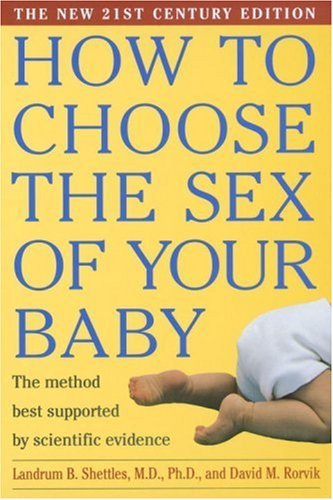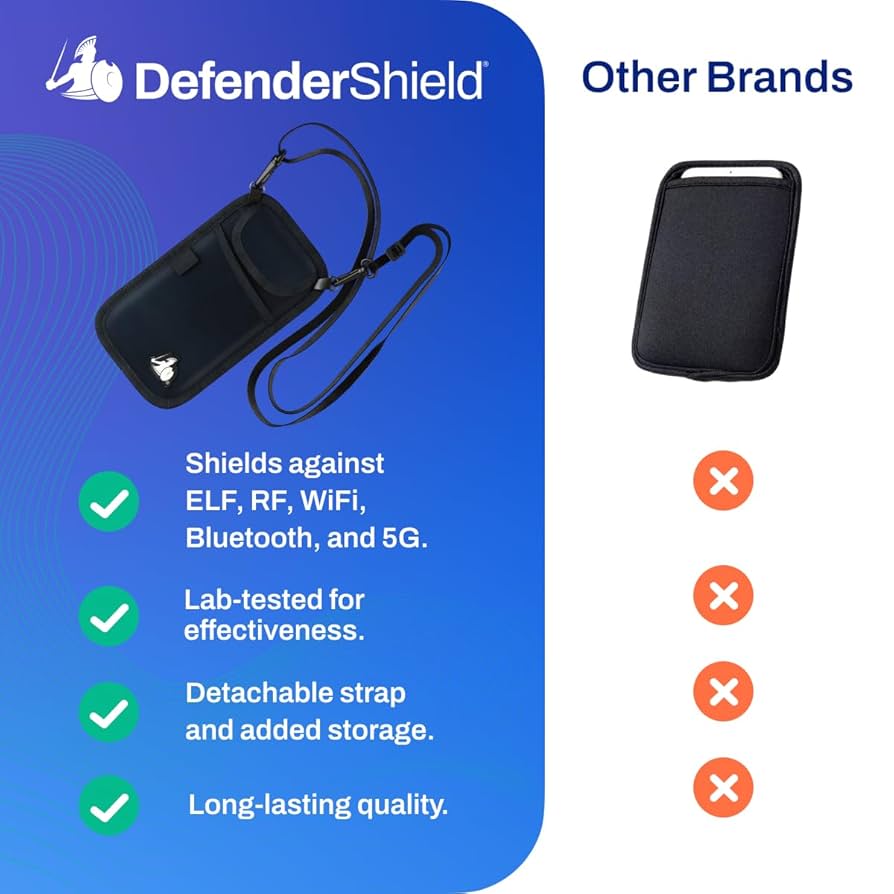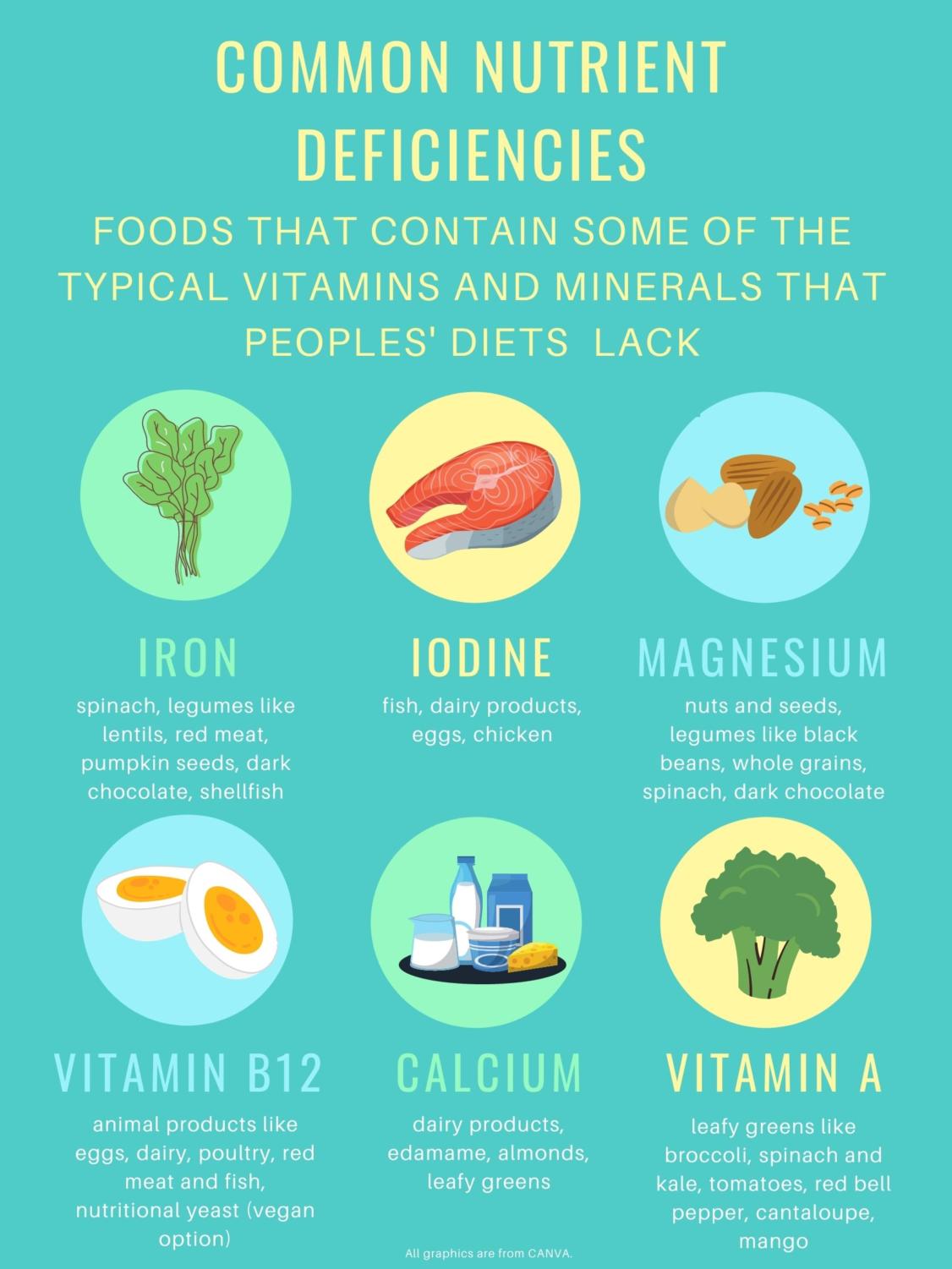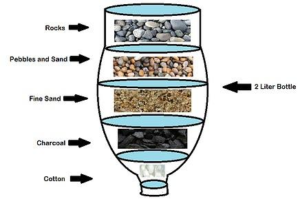Ensuring the air in your home is clean and healthy is essential for your well-being, especially considering the average person spends a great deal of time indoors. With various air purifiers on the market, it can be challenging to find the perfect one that fits your needs. This guide will help you navigate through the options and identify the features you need while highlighting those you can do without.
Selecting the right air purifier is not just a matter of preference but also a critical decision for your health, particularly if you live in an area prone to wildfire smoke or if you suffer from allergies. Whether you are looking for the best air purifier for allergies and asthma or simply want to improve the air quality in your home, understanding the key characteristics of effective air purifiers is vital.
Understanding HEPA Filters and Their Importance
The efficiency of an air purifier is often attributed to its filters, with HEPA (High-Efficiency Particulate Air) filters being the gold standard. These filters can trap over 99% of allergens, pathogens, and particles, making them highly effective against airborne contaminants.
HEPA filters are composed of a dense mat of fibers that capture particles as air flows through them. To qualify as HEPA by industry standards, a filter must remove 99.97% of particles that are 0.3 microns in diameter. This size is considered the most penetrating particle size and therefore the hardest to capture.
When considering air purifiers, ensure that the product specifies “True HEPA” or “HEPA-type” filters. The former meets the strict standards set for HEPA filters, while the latter may not capture as high a percentage of particles and could be less effective.
Effective Air Cleaners for Wildfire Smoke
Especially in regions where wildfires are a concern, choosing an effective air purifier for wildfire smoke is crucial for maintaining a healthy indoor environment. Wildfire smoke particles are minuscule and can easily penetrate buildings, making a robust air purifier a necessity.
While HEPA filters are excellent at trapping particulate matter, look for purifiers that also have activated carbon filters. These additional filters are adept at absorbing the gases and odors that come with wildfire smoke, providing another layer of purification.
It’s also essential to consider the size of the room where the air purifier will be used. A purifier that’s too small for the area won’t effectively clean the air, leaving you unprotected against the harmful effects of wildfire smoke.
Choosing the Right Air Purifier for Large Rooms
Room size plays a vital role in selecting an air purifier. For larger spaces, you’ll need a model with a higher Clean Air Delivery Rate (CADR). CADR measures the volume of clean air that an air purifier can deliver per minute, and a higher number indicates more effective purification.

The air purifier’s airflow (ACH or air changes per hour) should also be considered. This measure tells you how many times the purifier can exchange the air within a room each hour. For large spaces, aim for a higher ACH rating to ensure all the air in the room is circulated and filtered multiple times.
 Choosing natural paints for your home
Choosing natural paints for your homeDon’t forget to factor in the purifier’s operating noise, especially if it will be used in a living area or bedroom. A quiet operation is important for maintaining a peaceful environment.
Key Features of Air Purifiers for Health
When considering the health impact of air purifiers, certain features stand out. Alongside HEPA and activated carbon filters, look for purifiers with a pre-filter that captures larger particles, extending the life of the HEPA filter. Additionally, features like filter replacement indicators and air quality sensors can enhance the user experience and ensure optimal operation.
For those with respiratory diseases or allergies, air purifiers with UV-C lights might be appealing. However, it’s essential to ensure that they do not produce ozone, as ozone can be harmful to your health.
Affordable Air Purifiers for Small Spaces
Finding an affordable air purifier for small spaces is about balancing cost with effectiveness. While you might not need the power of a large-room purifier, you still want a device with quality filtration. Compact models with a lower CADR rating can be suitable for smaller areas and can often be found at a lower cost.
There are budget-friendly options that still offer true HEPA filtration and decent CADR ratings. However, be wary of very cheap models that may not adequately purify the air or that might have higher long-term costs due to frequent filter replacements.
Comparing Top Air Purifier Models and Features
When it comes to selecting the best air purifier model, consider products that have been highly rated by both users and testing organizations. The Coway Airmega AP-1512HH Mighty is often recognized for its performance, featuring a true HEPA filter, eco mode, and a pollution sensor.
Other models like the Coway Airmega 200M and the Winix 5500-2 are also great choices, each with their own set of advantages. The 200M is known for its efficiency in moderate-sized rooms, while the 5500-2 stands out with its washable AOC carbon filter and remote control.
Keep It Clean: Maintenance of Your Air Purifier
Maintaining your air purifier is key to its performance. Regularly replacing the filters as recommended by the manufacturer is crucial. Some models may have washable pre-filters, which should be cleaned frequently to ensure optimal airflow.

Moreover, the placement of your air purifier can affect its efficacy. Keep it away from curtains and furniture for maximum air intake and circulation. Regularly vacuuming the exterior vents can also prevent dust buildup that can impede air flow.
Air Purifier Features That Are a “Must-Have”
- True HEPA filter for removing the smallest of particles
- Activated carbon filter for odor and gas absorption
- Adequate CADR rating for the size of your room
- User-friendly features like filter indicators and air quality sensors
Features You Don’t Really Need
There are features that, while nice to have, are not essential for effective air purification. For example, smart app connectivity offers convenience but does not impact the purifier’s ability to clean the air. Similarly, unless you have specific health issues that require them, UV-C lights or ionizers are not necessary and can sometimes produce ozone.
 Your guide to healthy (and not so healthy) cookware
Your guide to healthy (and not so healthy) cookwareAs we delve deeper into ways to maintain a clean and healthy home environment, check out this helpful video on key considerations for choosing an air purifier:
Preguntas Frecuentes sobre la Selección de Purificadores de Aire
What Is the Best Air Purifier for Home Use?
The best air purifier for home use effectively removes pollutants and allergens and has features suited to your specific environment. Models like the Coway Airmega AP-1512HH Mighty are highly regarded for their performance and range of features.
Consider the size of the space, the type of pollutants you need to remove, and the features that will make maintenance and operation convenient for you.
How Do I Choose the Right Air Purifier for Allergies?
If allergies are your primary concern, focus on air purifiers with true HEPA filters, which are proven to capture allergens like pollen, dust mites, and pet dander. The addition of an activated carbon filter can also help remove odors that may trigger allergies.
Assess the purifier’s CADR rating to ensure it’s appropriate for the room size where you’ll be using it, aiming for a higher CADR for more effective allergen removal.
Are HEPA Filters Effective against Wildfire Smoke?
Yes, HEPA filters are effective at capturing the particulate matter found in wildfire smoke. However, because smoke also contains gases and odors, pairing a HEPA filter with an activated carbon filter will provide the most comprehensive protection.

For areas frequently affected by wildfire smoke, it’s crucial to choose a purifier with both of these filters.
What Features Should I Look for in an Air Purifier?
Key features to look for in an air purifier include a true HEPA filter, activated carbon filter, an appropriate CADR rating for your room size, and user-friendly features like filter replacement indicators and air quality sensors.
Avoid unnecessary features like ionizers or UV lights, which could produce ozone and potentially worsen air quality.
How Often Should I Replace Air Purifier Filters?
The frequency of filter replacement depends on the model of your air purifier and how often it’s used. Typically, HEPA filters should be replaced every 6 to 12 months, while activated carbon filters may require replacement every 3 months.
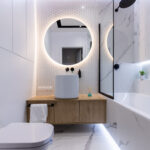 Transform your bathroom: 5 easy swaps for a toxin-free space
Transform your bathroom: 5 easy swaps for a toxin-free spaceAlways follow the manufacturer’s recommendations, and use the filter indicator, if available, as a guide.
In conclusion, the key to choosing the best air purifier for your home lies in understanding the essential features and knowing which ones you can forgo. By focusing on high-quality filters, appropriate room size coverage, and user-friendly features, you can improve your indoor air quality and protect the health of you and your family.

